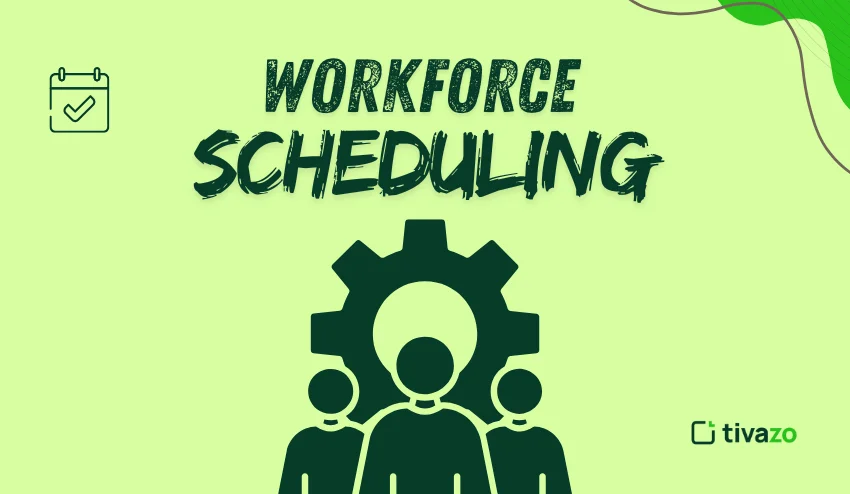In the fast-paced nature of business today, operational efficiency and employee satisfaction complement each other in the workplace. The glue that binds these disparate goals is workforce scheduling. Workforce scheduling is more than entering names against shifts; it is a multi-faceted, strategic process that is critical to improving productivity, achieving compliance, and maintaining a high standard of customer service.
This guide will begin with workforce scheduling as a process, juxtapose it with long-term planning, describe the WFM scheduler’s toolbox, and finally provide insights into how technology is changing this important business function.
What is Workforce Scheduling?
Workforce scheduling is the function of assigning the correct number of employees, with the correct skills, to work on the tasks of your choice, at times of your choice. The goal of workforce scheduling made easy is to match the labor supply (employee availability and skills) with the expected demand (for example, workload, call volume, foot traffic).
An effective workforce scheduling function keeps customers happy because
- No Customer is Left Waiting: There will be enough staff to cover peak periods.
- No Employee is Overworked: Employees will not burn out, and service quality will be protected.
- Labor Costs are Controlled: There will not be unnecessary overtime or excess staff during slow times.
The outcome of a proper workforce scheduling function is the daily or weekly schedule, which clearly indicates who, where, and when.
The Foundation of Strategy
What do we mean by Workforce Planning?
Whereas workforce scheduling is operational in nature and involves the short-term (day-to-day to week-to-week), workforce planning is by definition the strategic long-term foundation. Workforce planning is the organized process of forecasting the organization’s future labor needs and developing strategies to ensure the appropriately trained people with the right skills and capabilities are available when needed.
| Feature | Workforce Scheduling | Workforce Planning |
| Focus | Short-term operations (Day-to-Day, Weekly) | Long-term strategy (Monthly, Yearly) |
| Purpose | Match the current labor supply to the current demand | Assess future staffing needs and resolve worker skill gaps |
| Key Output | Shift Schedules/Rosters | Hiring Plans, Training Programs, Succession Plans |
| Example | Develop the next week’s call center roster | Decide how many specialized engineers to hire next year. |
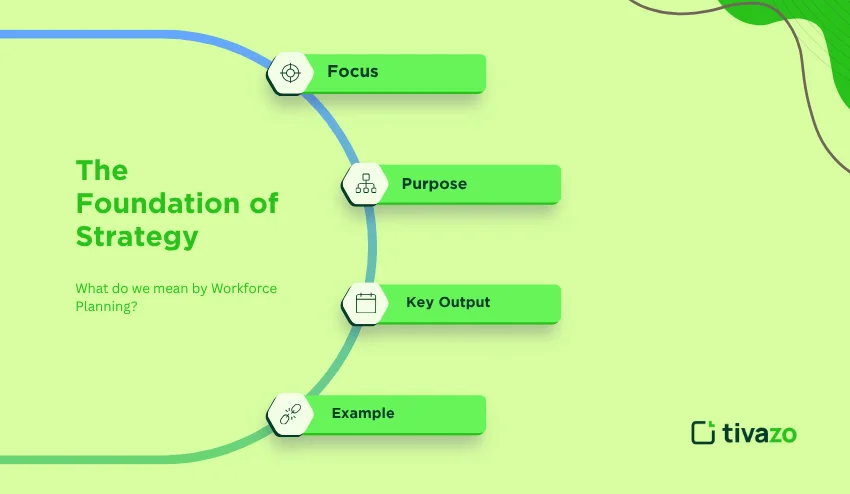
The Coverage Planner: What Exactly is a WFM Scheduler?
The WFM scheduler (or Workforce Management Analyst) is the bridge between the strategy and the work. The role is completely data-driven and requires a solid foundation of operational needs balanced with employee limitations
The daily functions of a WFM scheduler are centered on optimizing the workforce schedule:
- Demand Forecasting: Using historical data, such as sales, call volumes, or transaction numbers, to predict future staffing needs. This will set the first target for workforce scheduling.
- Schedule Creation: Developing the actual schedules, often in WFM-specific software, and being cognizant of workforce limitations while matching the employee to the demand.
- Adherence Management: Monitoring the “live” schedule to make sure employees initiate and complete their schedules and breaks.
- Intraday Change Management: Responding to spur-of-the-moment shifts, callouts, or increased volume and adjusting the workforce scheduling plan accordingly.
- Compliance Monitoring: Ensuring the workforce scheduling plan adheres to all labor laws, union contracts, and company policies.
Compliance and Fairness: What is Unfair Scheduling?
Fair and equitable workforce scheduling is not only an issue for HR but also a serious matter for the law and the morale of employees. Unfair scheduling practices lead to high turnover, low employee engagement, and an avenue for legal action, specifically Predictive Scheduling or Fair Workweek laws, which exist in certain areas.
Unfair or inequitable scheduling is identified as having no predictability, consistency, or fairness.
Some Key Examples of Unfair Scheduling Practices:
- The “Clopening” Shift: Assigning an employee to a closing shift late one night and then asking them to come back to open the next morning, against the required minimum rest.
- Insufficient Notice: Not providing the employee with the work schedule within the required time (e.g., 7 or 14 days), and therefore, it is impossible for them to arrange for childcare, transportation, or other aspects of their life.
- On-Call Scheduling: Requesting an employee to be on-call for a shift, but only letting them know at the last minute if they are actually needed to come in. If they are not called in, the employee is unpaid for the time they set aside for work, although they were not guaranteed to work.
- Variable Hours (Hollowing out): As soon as an employee attempts to back out of an unfavorable schedule or the business volume slows, their hours are dramatically cut without a clear, objective
- Unequal Shift Assignment: Assigning a set of individuals the least desirable shifts (weekend, holiday) consistently without any objective method, such as seniority or rotation.
Today’s workforce scheduler solutions are purpose-built, with built-in compliance engines that will automatically flag and prevent these unfair practices
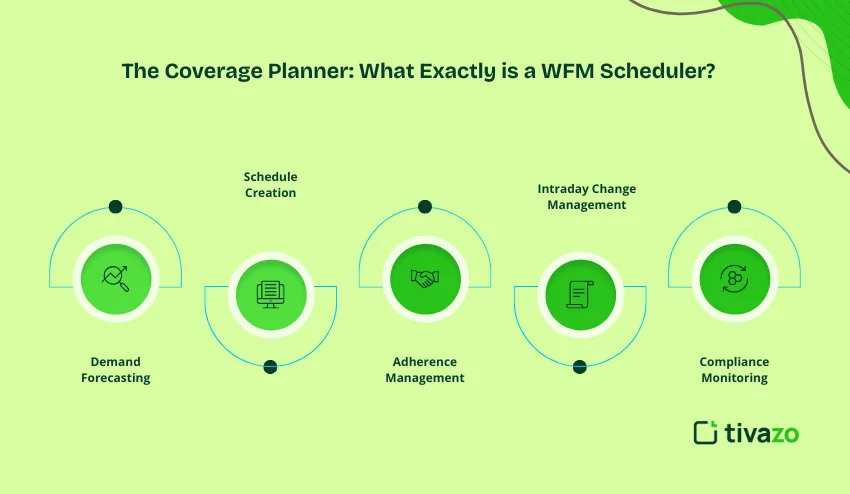
The Future of Rota:
How is Technology (AI/ML) Enhancing Scheduling for Today’s Workforce?
The shift from spreadsheets to more complex WFM software fueled by modern-day technologies like Artificial Intelligence (AI) and Machine Learning (ML) is the most transformative step in staffing and scheduling.
AI and ML do not only compute, they optimize. They are reshaping staffing and scheduling from the old model of reactive administration to a proactive, predictive model.
1. Data Science in Demand Data Science
Traditional: Simple historical averages.
AI/ML: Studies hundreds of variables, which together are grouped into traditional variables like weather forecasts, local events, marketing campaigns, public holidays, and even social media sentiment, and can produce a highly accurate staffing demand curve, minute by minute. Now that we have this accuracy, fully optimized workforce scheduling is possible.
2. Automated Schedule Optimization
- The Constraint Engine: AI models can instantly evaluate thousands of competing constraints for workforce scheduling- employee skills, preferences, labor laws, budget constraints, and overtime limits; they can generate an optimized workforce scheduling plan in seconds, a process that would take human schedulers hours or even days.
- Instant Recalculation: When an employee calls in sick, the AI does not simply find the next best person; it recalculates the entire workforce scheduling plan for the rest of the day on its own to minimize costs and maximize the effectiveness of the coverage.
3. Enhance Employee Experience
Preference Matching: AI collects employee preferences over time and fits them into the optimal workforce scheduling algorithm, positively impacting employee satisfaction with their work. Self-service and Bidding: Providing employees on a next-gen platform an opportunity to see their entire work schedule, put in for days off, swap schedules, etc. This will significantly relieve the administrative burden on the WFM scheduler and add flexibility for the employee.
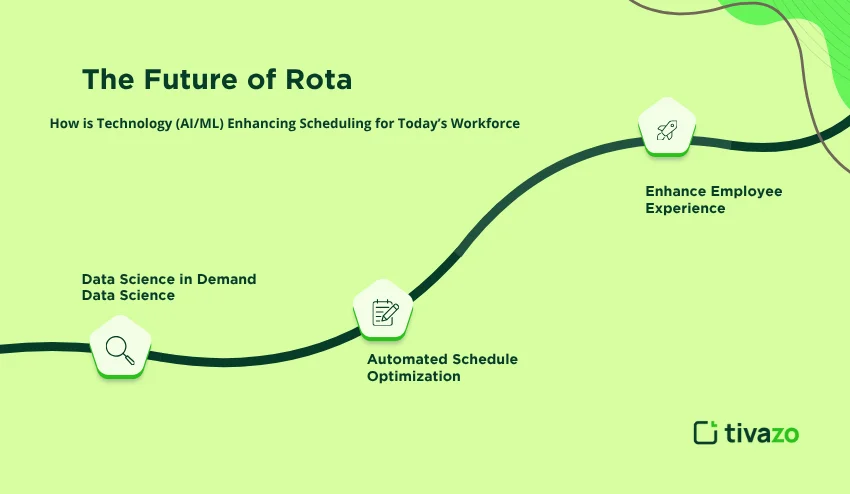
5 Major Advantages of an Effective Workforce Schedule
Understanding how to frame an effective workforce schedule is a competitive advantage that extends beyond just filling shifts; it drives profitability and organizational well-being.
1. Significant Reduction in Labor Cost (Cost Efficiency)
The greatest realized benefits of a workforce schedule are born out when it positively affects the bottom line.
- Reduced Overtime: If a workforce schedule interprets and forecasts requirements accurately, employees are not retained on the Company payroll for hours over and above the requirements. When one optimizes a workforce schedule properly, the projected demand curve should be satisfied without causing unnecessary overtime charges at the last minute.
- Minimized Under-Utilization: Employees are simply not paid to stand alone idle during times of decreased anticipated demand toward projected sales forecasts, thereby optimizing the Return on Labor Investment (ROLI) by guaranteeing staffing aligned to demand curves.
2. Increased Operational Efficiency and Productivity
The right amount of skilled people in the right role is ideal for efficiency.
- Matching Skills to Job Positions: WFM systems schedule employees to be present who, because of their specialized certification (such as the capability of operating a specific machine or being multi-lingual), are required for faster, but accurately delivered, manufacturer services.
- High Adherence: A WFM system can show when employees are at the job assignment and for the length of the job assignment as required, and adheres to full compliance with productivity goals.
3. Improved Employee Satisfaction and Retention
Flexibility and fairness are essential for employee loyalty, and measuring quality workforce scheduling can deliver on both.
- Work-Life Balance: Predictive scheduling gives employees the security of knowing when they will be working so they can better plan their lives, which leads to greater loyalty to their job and employer.
- Equatable Scheduling. Fairly rotating attractive and unattractive shifts will eliminate bad feelings and improve morale, which reduces voluntary turnover rates and saves the company a considerable amount of hiring and training expenses.
4. Improved Customer Service (Achieving SLAs)
In service industries, wait time is directly related to the number of staff, which is a direct output load of workforce scheduling.
- Consistent Level of Service: During peak times, an optimized schedule guarantees what staff will be available to meet SLA (for example, answering 80% of calls in under 20 seconds.
- Reduced Wait Times: This is especially important in Retail, Healthcare, Call Centers, a nd other service industries where poor workforce scheduling leads to long wait times or even long lines, which can negatively damage the brand.
5. Certainty of Regulatory and Labor Law Compliance
Adhering to compliance is difficult, but a well-structured workforce management approach automates that process.
- Shielding Against Liability: The WFM scheduler depends on the software to automatically confidentially and reject scheduling configurations that conflict with local legislation governing rest breaks and rest periods or notifications, thus shielding an organization from potentially large fines and litigation.
- Audit Trail: The system provides an instant and transparent record of employee scheduling decisions underlying a legal opinion or internal audit.
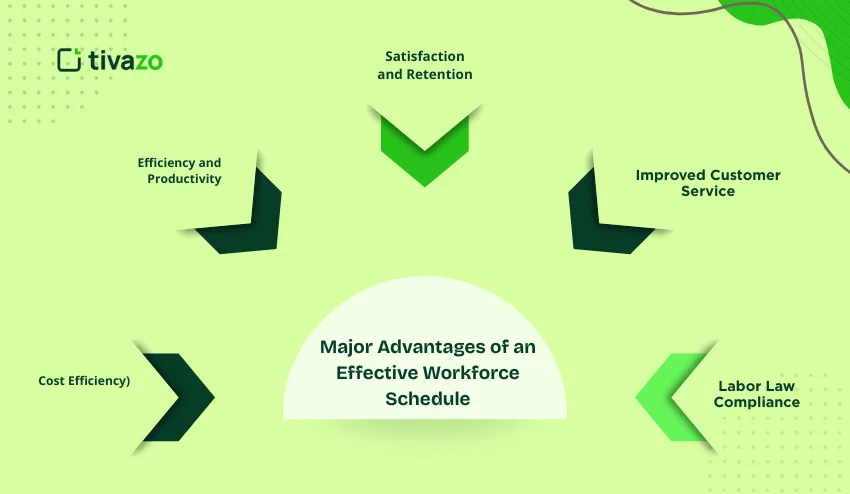
Conclusion
Workforce scheduling is not merely an administrative task, but rather a complicated, strategic operation that directly impacts an organization’s profitability, customer service, and employee turnover.
By distinctly separating workforce scheduling from future workforce planning, using a well-trained workforce management (WFM) scheduler or an up-to-date, AI-based WFM technology, organizational workforce scheduling can move away from the ineffectiveness of manual scheduling. A modern workforce scheduling approach will reduce unnecessary expenditures, ensure compliance, and allow for a more engaging and predictable working environment, all of which lead to long-term and sustainable competitive advantages.
A good workforce scheduling platform is an investment in your entire organization’s future success and sustainability. Workforce scheduling solves the problem of always having the right people in the right place at the right time. Smart, data-informed workforce scheduling is no longer a “good to have; it is now a requirement.”
